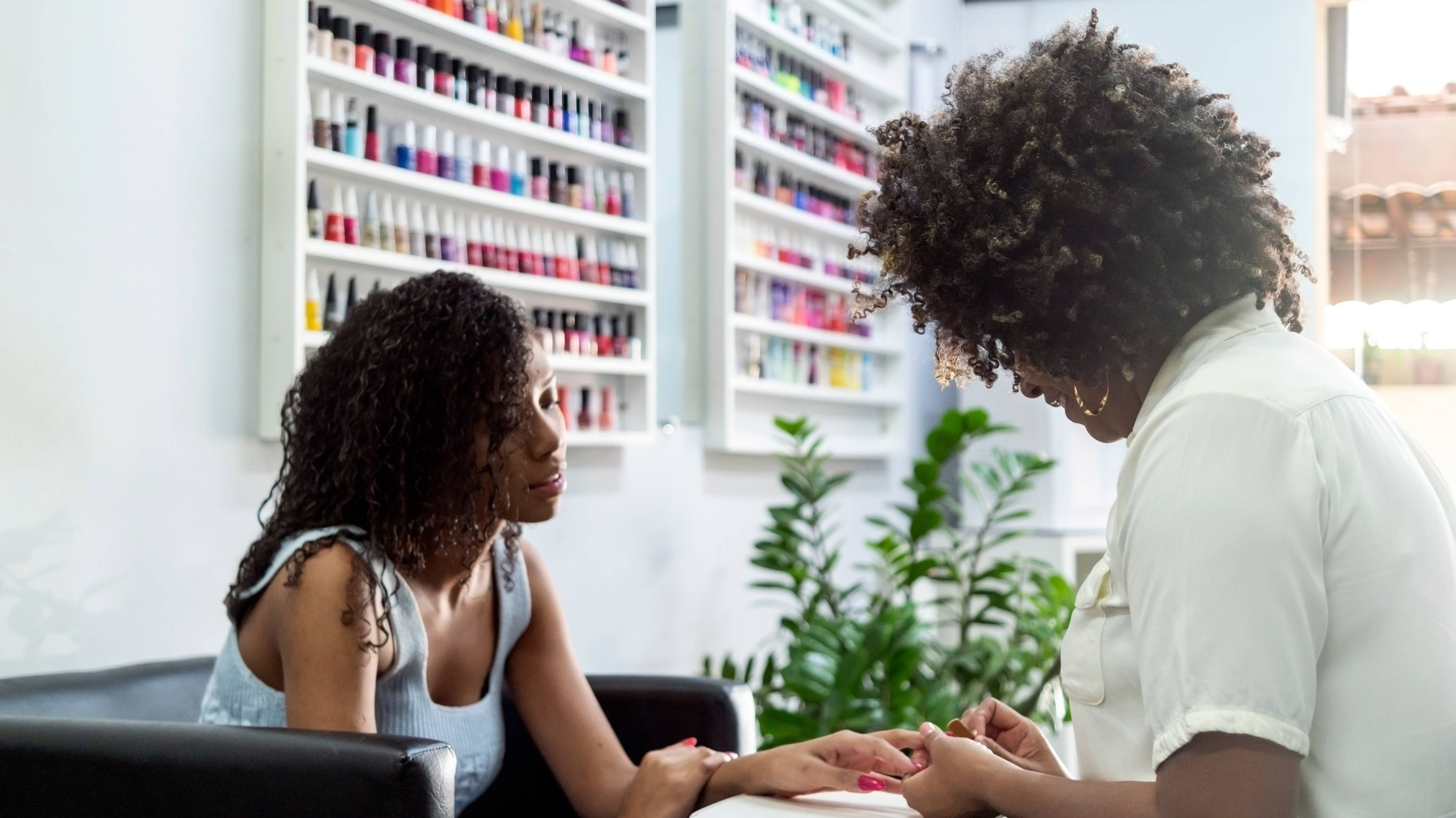How To Avoid Nail Fungus Infection
Posted May 22, 2208 – With Sumertime around the corner, you want your nails looking good. But, the last thing that anyone wants is a fungal nail infection. To avoid getting any of the four major types of unpleasant fungal infections out there, be sure to read on.
The most common fungal nail infection is onychomycosis, which occurs when the fungi invade a fingernail or toenail and/or the skin underneath the nail. This infection can make your nails brittle, discolored and thick.
:: AD ::
Anyone can get a fungal nail infection and it may be hard to know where or how you got a fungal nail infection. Most women get nail infections from the use of unsanitary products, including tools used at nail shops. Fungi grow best in warm, wet areas, such as the area around the toes.
Onychomycosis can be passed from person to person, either through direct contact or through contact with commonly used shoes, floors, or other personal items, such as nail files or nail clippers. Athlete's foot also can cause this type of fungal toenail infection. Shoes that are tight, moist, and do not allow air to move around your feet contribute to fungal infections. If your immune system is low it can’t fight off infection.
If you think you have a fungal infection in your fingernails or toenails, see your doctor. By looking carefully at your nails, your doctor might be able to tell if you have an infection. To be sure of what kind of infection you have, your doctor might scrape a little bit of tissue from your nail and send it to the lab. The test can tell if you have a fungal infection or another kind of infection
Several medicines can treat a fungal nail infection. Some of these medicines are not safe for people who have liver problems or heart problems. Be sure to let your doctor know if you have one of these conditions. Your doctor will decide which medicine is right for you. You might only need to take the medicine for 6 weeks. You might need to take it for 6 months, or longer. It depends on where the infection is and how bad it is.
But, topical treatments, or creams and polish that you apply to the top of your nail, are also available. Topical medicines alone usually do not cure nail infections. In severe cases, your health professional may remove the infected nail and treat the exposed nail bed with antifungal medication. Nail removal is rarely necessary.
Here are few things you can do to take care of your nails:
- Keep your nails clean and cut short.
- File down any thick areas.
- Wear waterproof gloves (when cleaning around the home).
- Make sure you are taking Vitamin C, as it strengthens the immune system.
- Never use the same nail trimmer or file on healthy nails and infected nails. If you have your nails professionally manicured, you should bring your own nail kit (files and trimmers, etc.).
- Wear 100 percent cotton socks. Always wear clean, dry socks every day. If your feet sweat a lot, purchase over-the-counter antifungal foot powder to help keep your feet dries.
- Avoid walking barefoot in public areas.
This article appears courtesy of BlackDoctor.org, the World’s largest and most comprehensive online health resource specifically targeted to African Americans. For more health tips visit BlackDoctor.org.





